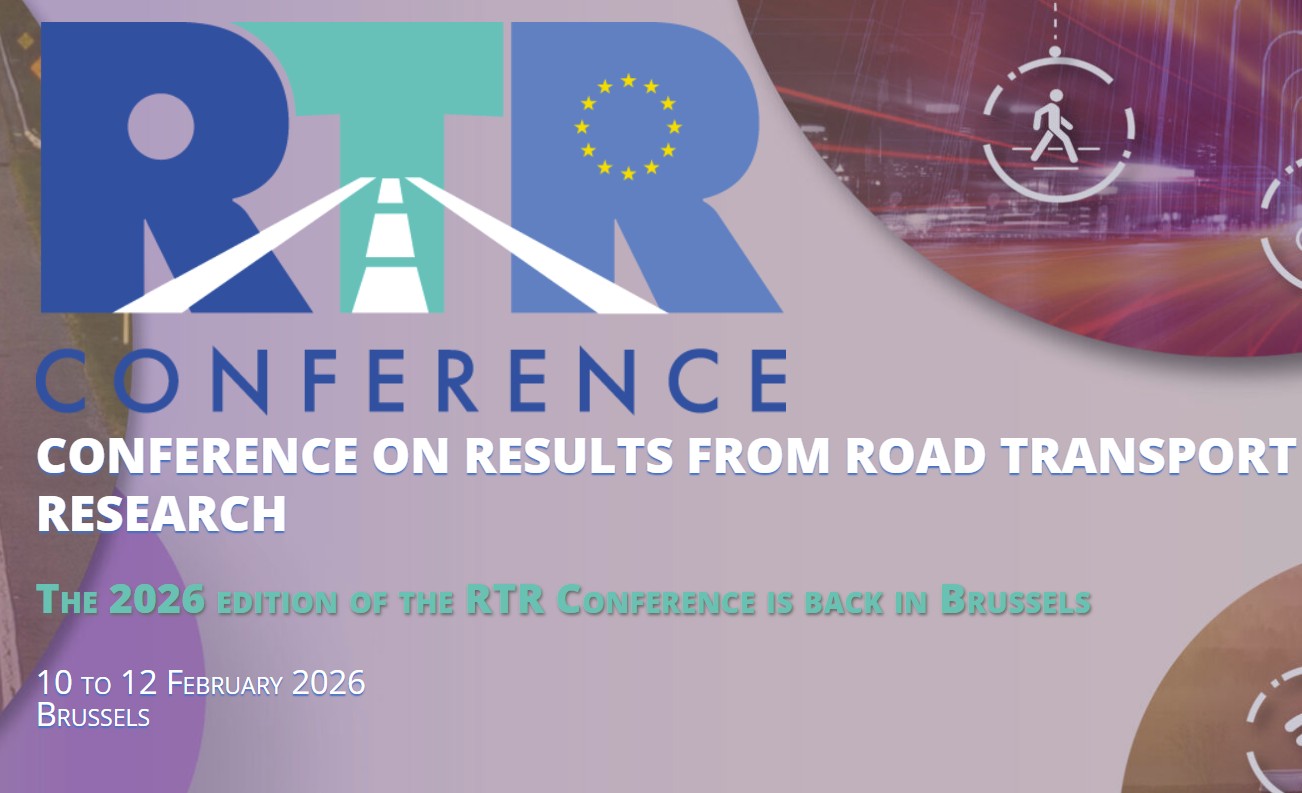
A paper titled “Mild Cognitive Impairment and driving: Does in-vehicle distraction affect driving performance?” authored by Ion N. Beratis, Dimosthenis Pavlou, Eleonora Papadimitriou, Dionysia Kontaxopoulou, Stella Fragkiadaki, George Yannis, and Sokratis G. Papageorgiou, is now published in Accident Analysis and Prevention. In-vehicle distraction is considered to be an important cause of road accidents. Drivers with Mild Cognitive Impairment (MCI), because of their attenuated cognitive resources, may be vulnerable to the effects of distraction; however, previous relevant research is lacking. The main objective of the current study was to explore the effect of in-vehicle distraction on the driving performance of MCI patients, by assessing their reaction time at unexpected incidents and accident probability, through a driving simulator experiment. Overall, the current findings indicate, for the first time, that a common driving practice, such as the use of mobile phone, may have a detrimental impact on the driving performance of individuals with MCI. ![]()

Dimosthenis Pavlou has successfully defended his PhD dissertation titled: Traffic and safety behaviour of drivers with neurological diseases affecting cognitive functions. This PhD thesis was carried out at the Department of Transportation Planning and Engineering at the School of Civil Engineering of the National Technical University of Athens under the supervision of Prof. George Yannis. The impact of brain pathologies on reaction time, accident probability, driving errors, and driving performance was under investigation. The driving behaviour was examined in terms of both traffic and safety behaviour and the neurological diseases affecting cognitive functions concerned Alzheimer’s disease (AD), Parkinson’s disease (PD), and Mild Cognitive Impairment (MCI). A large-scale driving simulator experiment was carried out, comprising a medical/neurological and neuropsychological assessment of 225 drivers, and a set of driving tasks for different scenarios. An innovative statistical analysis methodology has been developed and implemented, based on Regression Models, Principal Component Analysis and Structural Equation Models. ![]()
![]()
![]()
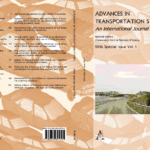
A paper titled “Which are the effects of driver distraction and brain pathologies on reaction time and accident risk?” authored by Dimosthenis Pavlou, Panagiotis Papantoniou, Eleonora Papadimitriou, Sophia Vardaki, George Yannis, Costas Antoniou, John Golias and Sokratis G. Papageorgiou is now published in Advances in Transportation Studies an international Journal. A driving simulator experiment with 140 participants (out of which 109 were patients) was carried out by an interdisciplinary research team of neurologists, neuropsychologists and transportation engineers. The brain pathologies examined include early Alzheimer’s disease, Parkinson’s disease, and Mild Cognitive Impairment. A statistical analysis was carried out by means of mixed generalized linear modelling and the results indicated significant differences between the driving performance of healthy drivers and patients. Patients with cerebral diseases reacted significantly slower at unexpected incidents than the healthy ones and were more likely to be involved in an accident. The mobile phone use had a significant negative effect on both reaction time and accident probability. ![]()

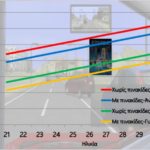
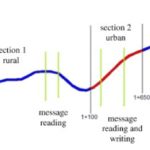
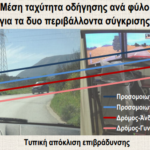

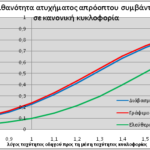
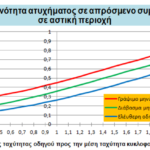
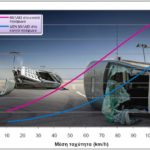
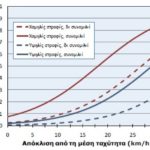
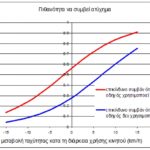

The International Conference Road Safety and Simulation took place in Paris, in October 2010.
NTUA presented ‘About pedestrian safety in Europe – 2009‘. ![]()
![]()
The objective of this research is to create an overall picture of pedestrians’ road safety in European countries, to identify factors associated with increased pedestrian fatality risk, and to propose countermeasures for the improvement of pedestrians road safety in Europe.
















































































































































































